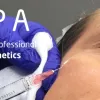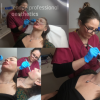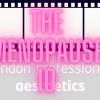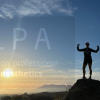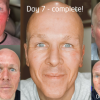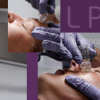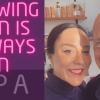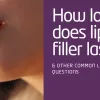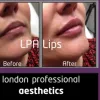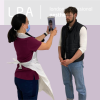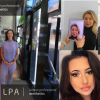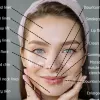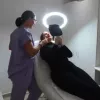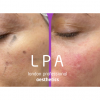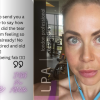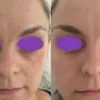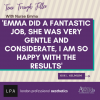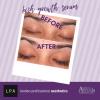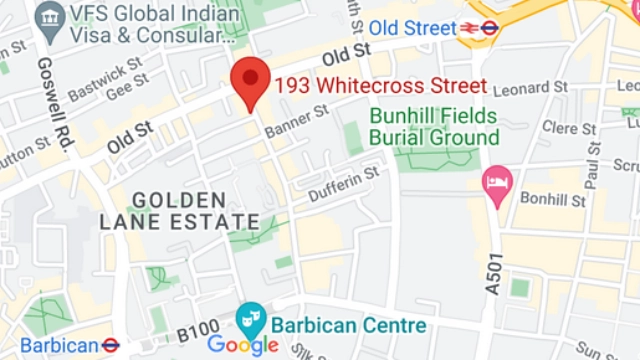
How do I Know if my Mole is Bad?
Posted on
What do I Know?
For those of you that do not know, my main core of nursing background is in General Practice. I have spent a lot of time and years looking at people's lumps and bumps. It is a very common reason for people to visit their GP.
We all get them. As we get older we tend to get more of them. Some people are predisposed to things like tags and moles and other lesions, others less so. The majority of bumps that people come into general practice with, certainly tend to be benign. They might be unsightly but on the whole, not much more. Occasionally they might cause discomfort, however from time to time, there can be something a little bit more serious.
In the NHS if your lesion is diagnosed as ‘non suspicious’ that will be the end of your treatment. Practitioners like myself offer an option to remove those non malignant lesions for those of you who simply prefer to live without them.
At LPA I use a treatment called radiowave, which is a really effective, efficient way of removing lumps and bumps that we are not concerned about. In other words, lumps and bumps that do not need to be biopsied and tested. Radiowave essentially involves the use of a probe with a heat current passed through.
This procedure will usually follow the use of some kind of numbing agent, either small injections or some cream applied to the area to be treated. Following removal, no stitches are required, so it super easy on the healing front. You would normally expect to get a small scab and, if on the face, it will take about two weeks for that to drop away. Lower down the body can be a little bit slower to heal.
What is The Story?
Sometimes you may not actually know what your lesion is, is it a mole? A tag? A milia? Should you be concerned? Remember you do not need to come to the clinic with a diagnosis and a plan, this all takes place within the consultation.
As with all things medical, the starting point for the practitioner is always finding out ‘the story’.
How long have you had the lesion? How did it start? Has it changed? The questions go on and on. I have often heard people say, ‘ why do doctors and nurses ask the same questions over and over?’. There is a reason for this. Contrary to what you may think, diagnosing a lesion (or any other health condition for that matter) is not simply a question of looking. Hearing ‘the story’ is an essential part of building the information around this issue and informs a surprisingly large component to making a diagnosis.
Let me give you an example of that, you can see what you think. So for example, you might have somebody who comes in who says,
"I have this mole and I have had it since I was a kid. And it's probably got a little bit bigger as I've got older, but I've had it forever."
Or you might say, get someone who comes in who says,
"I've got a mole and it just appeared two weeks ago and it started off really very small and it's already three times bigger than it started."
So using your common sense without any medical knowledge, which sounds more worrying?
Here is another
A person who is covered in moles, a ‘moley person’. They tell you, they all look pretty much the same, but then there is this one mole that looks really different to all of the others.
Again, with no medical knowledge, which mole are you most interested in? Which one sounds concerning?
So the story is important. It is starting to inform the diagnosis, before I even look at what your issue is.
Once the story is established, you have been asked you about your family history, about any extended exposure to sun, your general health, your allergies, all the usual details that you go through, finally I am ready to take a look.
Do You Know Your ABCD?
I can see with my eyes first of all, but then I will use a piece of equipment called a Dermascope. These come in different shapes and sizes, digital, non digital. In essence this a fancy, glorified magnifying glass. It means that I can really see the lesion in much more detail, and again, what I can see is adding to the information to form the diagnosis.
What do we look for with this piece of equipment, what are the ‘red flags’ you might ask.
We have a very easy reference tool for this assessment: A B C D E
Asymmetry
Is the mole symmetrical? In other words, if you imagined folding it over on itself would it be fairly even? Or is it two completely different halves?
Border
How does the border look? Well defined, smooth? Or is it jagged, perhaps blurred?
Colour
How many colours can we see under that microscope? One or two? Or are there more colours?
Diameter
Is this lesion no bigger than the end of a pencil? Or is it larger than that?
The Golden Rules
- All of this aside, the Golden Rule for me is this.
If you find yourself (or your partner) worrying or thinking about a lesion you have noticed then it is really essential you get it checked by a professional.
Many troublesome skin lesions are easily dealt with if identified and acted upon early, so get it done, make it a priority.
- If you are a ‘moley person’ get regular checks on your moles.
- As with all things health, having some awareness about your own body is always a good thing. So whether we are thinking moles, whether we are thinking breast lumps, testicle lumps, whether we are thinking about bowel habits. Our bodies behave in fairly regular patterns, something different can be a sign of something that may require intervention.
- As always, daily SPF should be becoming a norm for you now every single day you step outside.
If you have got any questions or concerns about lumps or bumps please do book in for a consultation in the usual way.
We look forward to welcoming you!
Elizabeth Rimmer
Clinical Director
LPA is an award-winning nurse-led clinic. Our philosophy is to help you age in a way that you feel confident and comfortable in yourself. We’re on a mission to win your trust from the off, by making your visit relaxed and easy and ultimately sending you on your way with a natural revitalised and more attractive version of you, so that you’re ready to conquer your world!
We are based in EC1 in the bustle of the city. We are registered with Save Face, the UK aesthetics regulatory body.





